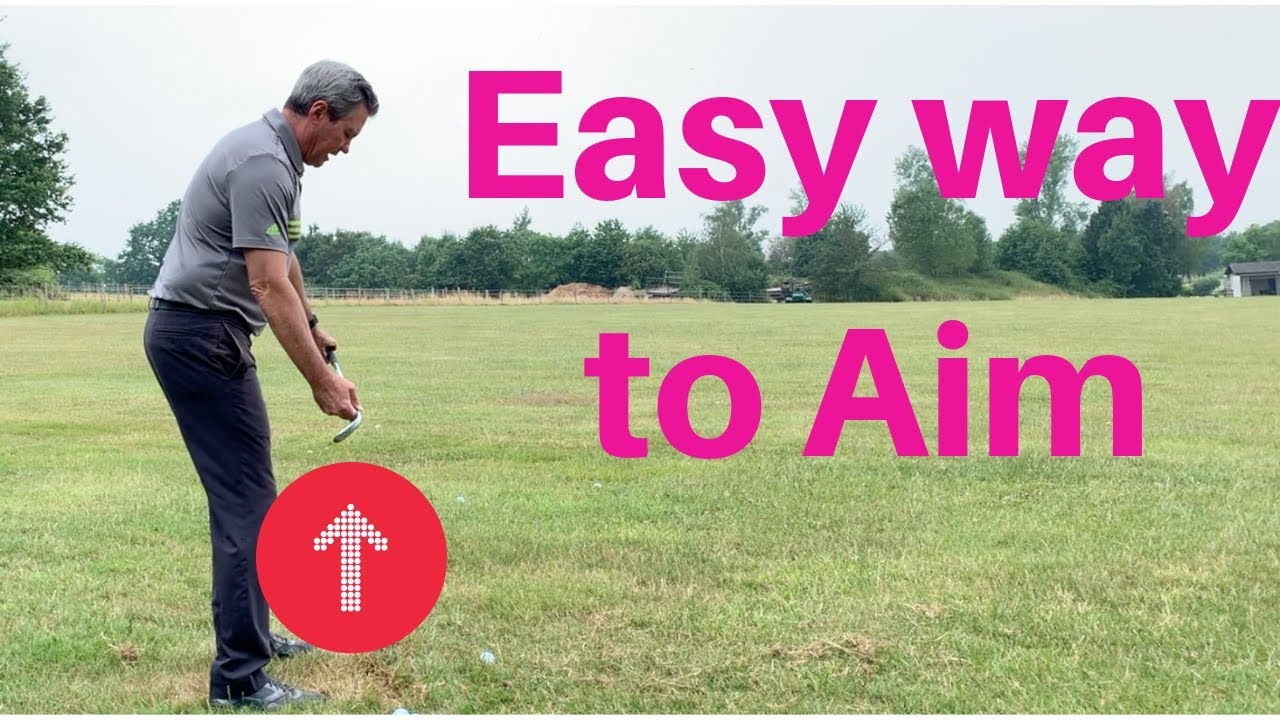Alignment is important, but I also think that people tend to box themselves into “model alignment” unnecessarily.
We have to remember that alignment is a man-made construct. There are certain reasons (achieving decent impact factors while at the same time creating speed) why you don’t want your body positions all out of whack, but we have more room for individuality than the textbook would say.
Besides, by the time you make your backswing and downswing, most of the orientations of your body are dramatically changed. Pro’s hips and torsos are 60-20 deg open at impact.
I think what is important is;
- Your alignment is relatively consistent for a given club category (wedge, mid iron, driver)
- It matches well with what your body and swing is doing/can do.
- It’s a good psychological match
I personally align relatively square to my target with most iron shots. However, with a driver, I align up to 30 yards right. the reasons for this are
-
I like to play a draw - it suits my eye
-
I tend to miss more left
-
I hit up on it significantly. This shifts my path left of my swing direction, so if I want to maintain a draw shot I am going to have to aim significantly right.
You’d be foolish to say that my alignment needs to be at my target with my driver, or that I would be better off lining up the same way for all shots.

